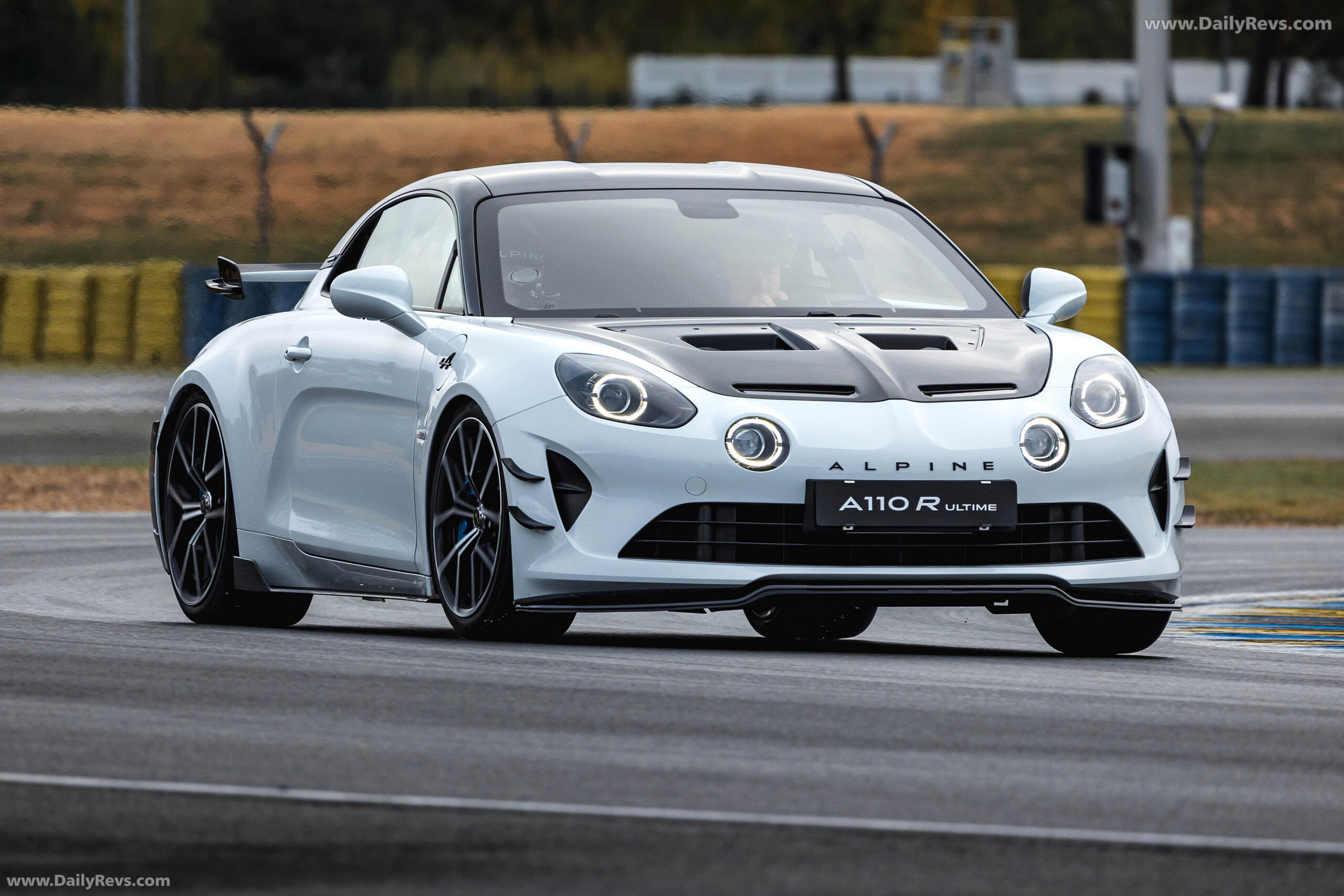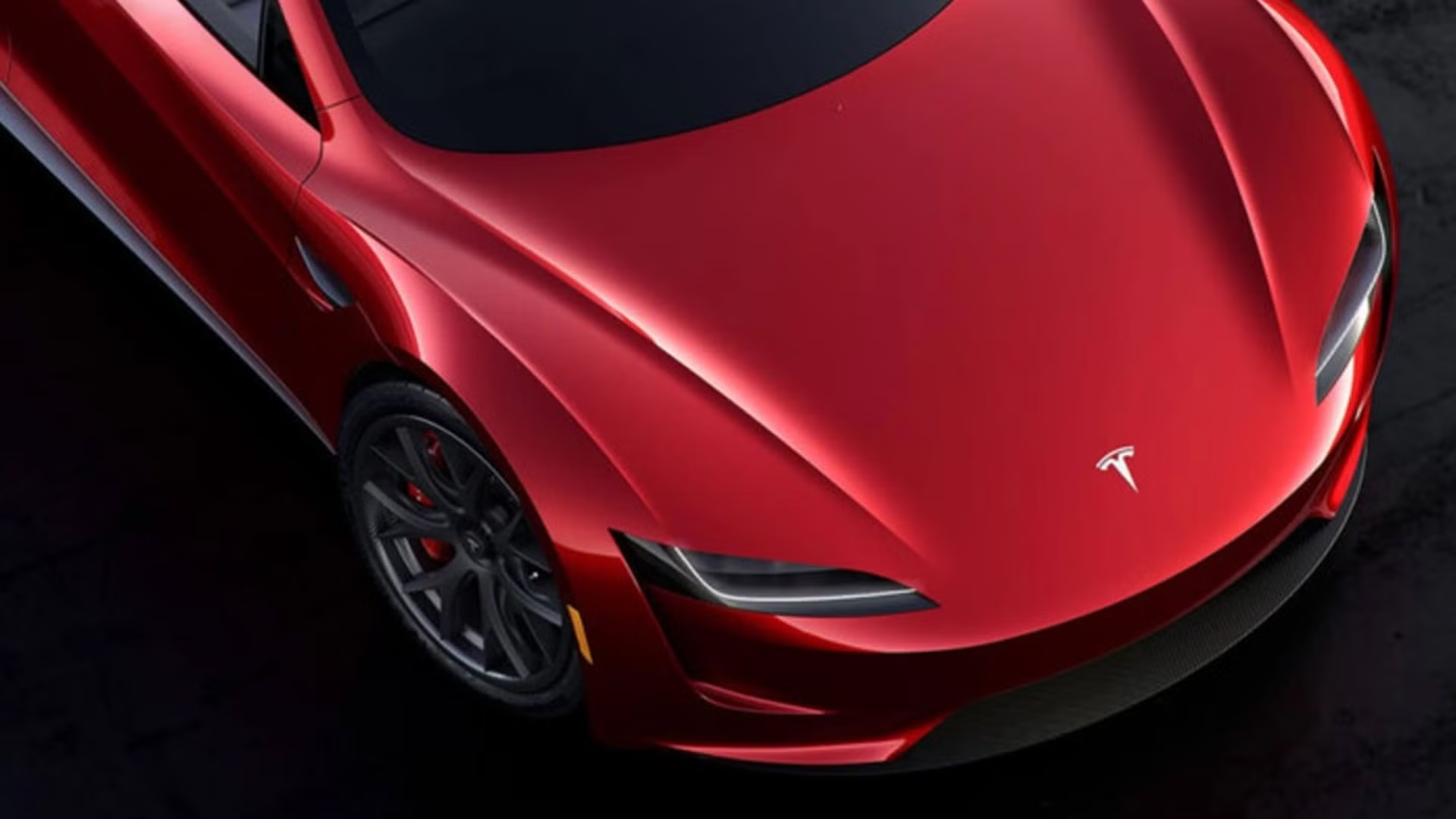The first – and last – front-wheel drive Lotus was technically brilliant – but just wasn’t as good as an MX-5
A one-piece, bespoke foam and plastic-skinned dashboard. A quick-fold hood that didn’t leak and which stowed beneath its own lid. Electric windows good for more than five consecutive rises and falls.
Back in 1989, all this didn’t sound like a Lotus. Even more un-Lotus-like was the appearance of a Japanese engine beneath this car’s steeply plunging bonnet and, most jarringly of all, a drive system that sent power to the front wheels. This was the latest Lotus Elan, an all-new confection that, name and entertainment mission apart, bore no more than passing conceptual resemblance to its legendary predecessor.
Front-wheel drive was a first for Lotus and, for the moment at least, a last. But the Hethel engineers had their reasons, reckoning that “for a given vehicle weight, power and tyre size, a front-wheel-drive car was always faster over a given section of road. There were definite advantages in traction and controllability, and drawbacks such as torque steer, bump steer and steering kickback were not insurmountable.”
Hethel knew all this because its chassis engineers were working on plenty of high-volume front-drive cars via Lotus Engineering, the company’s consultancy.
There were practical and industrial reasons for wheels that pulled rather than pushed. Lotus had to source its engine and gearbox from outside the company, and back in the late ’80s nearly all the major car manufacturers were making and developing front-wheel-drive cars.
When development of the M100 began, Lotus was independent and buying components from Toyota. Its plan was to use the company’s superb twin-cam 1600 engine from the Corolla GTI and MR2. But then GM bought Lotus, closing that avenue off.
Lotus had to shop from it’s new owner instead – an unpromising prospect back then, until it discovered the 1.6 twin-cam turbo that Isuzu had under development (Isuzu made cars as as well as trucks back then), complete with five-speed transmission.
GM was also able to properly fund the car, the £35 million it invested granting Hethel vastly greater buying power than it had previously enjoyed. That’s what paid for the high-caliber interior and an extensive prototype test programme carried out not by Lotus buyers but by the company’s engineers.
Having settled for front-wheel drive, Lotus then set about making the new Elan’s chassis the very best of the breed.
At the rear were wide-spaced coil sprung double wishbones, a broadly similar arrangement used at the front, but for one vital and ingenious modification. Instead of mounting the wishbones direct to the M100’s backbone chassis, they were bolted to a pair of sub-structures that Lotus called rafts, the bushing and geometry control possibilities these afforded allowing them to exorcise torque-steer and bump-steer and provide the kind of small-bump compliance for which Lotuses are renowned.
John Miles, ex-Formula One racer, engineer and once Autocar road tester, led the development to produce a chassis of extraordinary capabilities. The Elan’s absorbency and resistance to being knocked of line, allied to its chewing gum-to-shoe grip, produced a car that, from A-to-B, was almost uncatchable.
And, rather painfully, it also produced a boring car. Well, almost. You’d marvel at the speeds at which you could attack battered B-roads, marvel at the imperturbable roadholding and marvel at the Lotus’s beautifully damped and elastic bump-gobbling, but your marveling would be slightly remote, as if you were only along for the ride. And this despite the Elan’s feelsome steering. So that was a bit of a dampener.
Meanwhile, trouble was brewing on the other side of the world, and trouble with a bitterly ironic edge. Mazda had developed itself a new sports car that owed plenty to the heyday of the breed in the 1960s and, in particular, to the original Lotus Elan.
It was rear-wheel drive. It was small. It put clean, safe, predictable and entertaining handling above absolute grip, above power and above scoring breathless point-to-point journey times. The Mazda MX-5 even looked a little like the Lotus, right down to twin cam covers rounded off to look like the covers of the Elan. Truth was, it was more fun than the technically ingenious new Lotus. It looked better, too.
It was also more keenly priced and would prove to be massively more successful than the new Lotus. Lotus never planned Mazda volumes despite the Elan’s mass-production-grade dashboard, but Hethel certainly banked on more than the 3855 cars it had managed by July 1992, less than three years after launch.
Yearly sales of 4500 were the actual target. The car was losing money, as was Lotus, and GM wanted out, production ending well before the car’s intended life had expired. Bizarrely, the company went to Romano Artioli’s Bugatti, to complement the Italian company’s factory in Modena. The new management’s discovery that there were more than 800 unused Isuzu engines at Hethel lead to the Elan S2, this lightly facelifted version produced in a limited series of 800. It wasn’t over then, either, with a deal worthy of an automotive pub quiz question seeing Kia purchase the tooling and rights to the car, which it made in tiny numbers in Korea. And then it really was over.
In so many ways the 1989 Elan was Lotus’s first grown-up car. It was properly funded, properly engineered and properly developed – these cars are reliable even now. That it launched into a recession was unlucky, as was Mazda’s part-plagiarism of Hethel’s past work, but what the Elan proved was that for sports cars, front-drive is a no-no.











